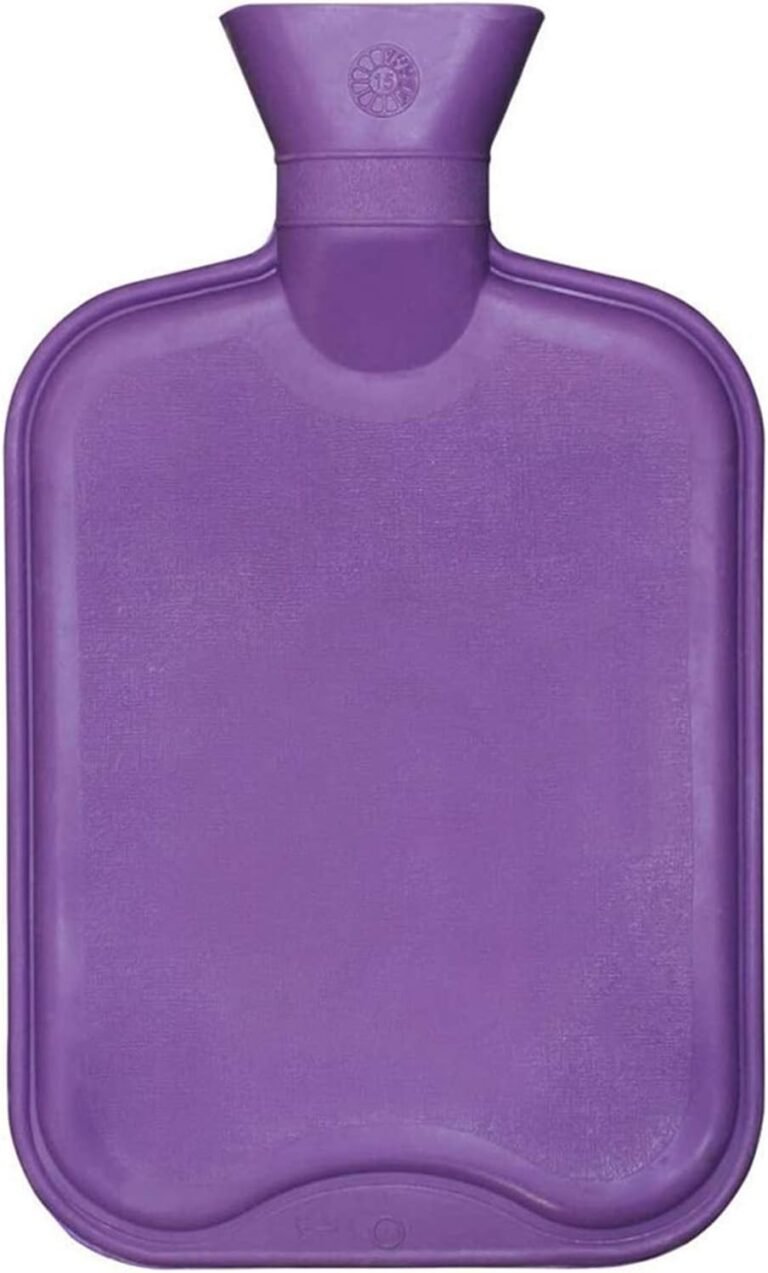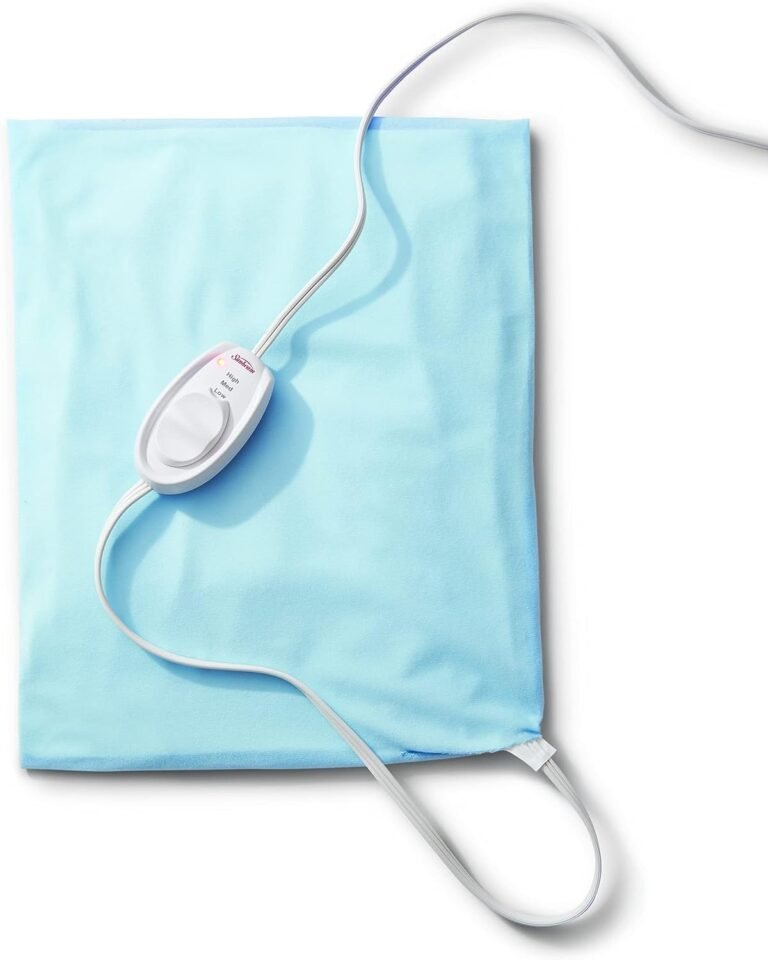Managing Jaw Pain and TMJ Disorders Without Medication
Jaw pain and TMJ disorders can be managed effectively without the use of medication. Non-surgical treatment options provide relief for jaw pain and alleviate the symptoms associated with TMJ disorders. These treatments are conservative, reversible, and typically do not require extensive recovery time.
Home care techniques play a vital role in managing jaw pain and TMJ disorders. Simple changes in diet, such as limiting the intake of hard foods, can help minimize stress on the temporomandibular joints. Additionally, using custom mouthguards, orthodontics, and practicing specific jaw exercises can provide significant relief and improve jaw function.
Alternative treatment approaches are also available for individuals seeking additional relief. Physical therapy, prescription medications, restorative dental work, neuromuscular TMJ treatment, trigger-point injections, transcutaneous electrical nerve stimulation (TENS), radio wave therapy, low-level laser therapy, and even BOTOX can be effective in managing jaw pain and TMJ disorders.
It is important to note that diagnosing TMJ disorders can be complex as there is no widely accepted standard test. However, healthcare professionals primarily rely on the patient’s history and physical examination findings for evaluation. In some cases, additional imaging may be necessary to confirm the diagnosis or rule out other potential causes of jaw pain.
Key Takeaways:
- Non-surgical treatments are effective in managing jaw pain and TMJ disorders without medication.
- Home care techniques, such as dietary changes and limiting intake of hard foods, can minimize stress on the temporomandibular joints.
- Using custom mouthguards, orthodontics, and practicing jaw exercises can alleviate symptoms and improve jaw function.
- Alternative treatment approaches, including physical therapy, prescription medications, and various therapies, offer additional relief options.
- Diagnosing TMJ disorders relies on the patient’s history, physical examination, and, in some cases, imaging.
Natural Methods for Jaw Pain Relief
Natural methods such as heat therapy, ice therapy, massage, and stress management can provide significant relief from jaw pain. These non-invasive techniques are safe, cost-effective, and can be easily done at home. Let’s take a closer look at each of these methods and how they can help alleviate discomfort.
Heat Therapy
Applying heat to the jaw area can help relax the muscles, reduce inflammation, and increase blood flow, providing relief from pain. A warm compress or a heating pad wrapped in a towel can be applied to the affected area for approximately 15-20 minutes, several times a day. It’s important to avoid using excessive heat or applying it directly to the skin to prevent burns or discomfort.
Ice Therapy
Ice therapy, also known as cryotherapy, can help numb the jaw area, reduce swelling, and alleviate pain. Applying a cold pack or an ice pack wrapped in a thin cloth to the affected area for about 10-15 minutes can provide relief. It’s essential to avoid applying ice directly to the skin to prevent frostbite. Ice therapy can be alternated with heat therapy for maximum benefits.
Massage
Gentle massage of the jaw muscles can help relieve tension, improve circulation, and reduce pain. Using your fingertips or knuckles, apply gentle pressure in circular motions to the sore areas. You can also explore self-massage techniques, such as massaging the temples, cheeks, and the muscles on the sides of the jaw. Avoid applying excessive force or massaging if it causes increased discomfort.
Stress Management
Stress can contribute to jaw pain and exacerbate TMJ disorders. Practicing stress management techniques, such as deep breathing exercises, meditation, yoga, or engaging in activities that promote relaxation, can help reduce tension in the jaw muscles and alleviate pain. It’s important to identify and address the underlying stressors in your life to effectively manage jaw pain and TMJ disorders.
| Methods | Benefits |
|---|---|
| Heat Therapy | – Relaxes muscles – Reduces inflammation – Increases blood flow |
| Ice Therapy | – Numbs the area – Reduces swelling – Alleviates pain |
| Massage | – Relieves tension – Improves circulation – Reduces pain |
| Stress Management | – Reduces tension – Alleviates pain – Promotes relaxation |
These natural methods for jaw pain relief can be effective in managing TMJ disorders without the need for medication. However, it’s essential to consult with a healthcare professional or a dentist specializing in TMJ disorders to determine the underlying cause of your symptoms and develop a personalized treatment plan. Remember, each individual is unique, and what works for one person may not work for another. With the right approach and a comprehensive treatment plan, you can find relief from jaw pain and improve your overall quality of life.
Lifestyle Changes for TMJ Disorders
Making certain lifestyle changes, including adjustments to your diet, avoiding hard foods, and correcting your posture, can contribute to the management of TMJ disorders. These non-invasive approaches can help alleviate symptoms and improve jaw function, without the need for medication or invasive procedures.
Diet
A balanced diet plays a crucial role in managing TMJ disorders. Certain foods can aggravate jaw pain and inflammation, while others can help reduce symptoms. It is recommended to avoid hard or chewy foods that require excessive jaw movement, such as nuts, hard candies, and tough meats. Instead, opt for soft foods that are easier to chew, such as cooked vegetables, yogurt, and fish. Additionally, incorporating anti-inflammatory foods like fruits, vegetables, and omega-3 fatty acids can help reduce inflammation and promote healing.
Posture Correction
Correcting your posture can have a significant impact on TMJ disorder symptoms. Poor posture can contribute to muscle tension and misalignment of the jaw, leading to increased pain and discomfort. It is important to maintain proper alignment of the head, neck, and spine to alleviate stress on the temporomandibular joints. Practicing good posture throughout the day and ensuring ergonomic support while sitting or standing can help reduce jaw pain and improve overall jaw function.
| Recommended Foods | Avoid |
|---|---|
| Fruits and vegetables | Hard candies |
| Soft cooked meats | Nuts |
| Yogurt and soft cheeses | Tough meats |
| Fish |
Incorporating These Changes
It is important to consult with a healthcare professional about implementing these lifestyle changes for your specific TMJ disorder. They can provide personalized guidance and recommendations based on your individual needs. Additionally, combining these lifestyle changes with other non-invasive treatment options, such as custom mouthguards or physical therapy, can further enhance the management of TMJ disorders.
By making adjustments to your diet, avoiding hard foods, and correcting your posture, you can take an active role in managing your TMJ disorder. These non-surgical approaches can provide relief from jaw pain, improve jaw function, and contribute to overall well-being.
Non-Invasive Treatment Options for TMJ Disorders
Non-invasive treatment options, such as custom mouthguards, orthodontics, and jaw exercises, can help alleviate symptoms of TMJ disorders. These conservative, reversible treatments are designed to provide relief for jaw pain and TMJ-related discomfort without the need for medication or invasive procedures.
Custom mouthguards are a popular choice for managing TMJ disorders. These specially designed oral appliances help align the jaw and reduce the grinding or clenching of teeth, which can contribute to jaw pain. By providing a cushioning effect, custom mouthguards help relieve pressure on the temporomandibular joints, allowing for improved jaw function and reduced discomfort.
Orthodontics can also be beneficial in treating TMJ disorders. By correcting bite issues and aligning the teeth properly, orthodontic treatment can help alleviate stress on the jaw joints. This can lead to reduced pain and improved jaw function, enhancing overall oral health and well-being.
In addition to custom mouthguards and orthodontics, specific jaw exercises can help strengthen the muscles surrounding the temporomandibular joints. These exercises are designed to improve jaw mobility, reduce muscle tension, and enhance stability. By incorporating jaw exercises into a daily routine, individuals with TMJ disorders can experience relief from pain and improved jaw function over time.
| Treatment | Description |
|---|---|
| Custom Mouthguards | Specially designed oral appliances that help align the jaw and reduce grinding or clenching of teeth, relieving pressure on the temporomandibular joints. |
| Orthodontics | Treatment option that corrects bite issues and aligns the teeth properly, reducing stress on the jaw joints and improving overall jaw function. |
| Jaw Exercises | Specific exercises aimed at strengthening the muscles surrounding the temporomandibular joints, improving jaw mobility and reducing muscle tension. |
It is important to consult with a healthcare professional before starting any treatment for TMJ disorders. They can provide a comprehensive evaluation, discuss the available options, and help determine the most suitable treatment plan based on individual needs and circumstances.
Remember, non-invasive treatment options offer a conservative approach to managing jaw pain and TMJ disorders. By utilizing custom mouthguards, orthodontics, and jaw exercises, individuals can experience relief from symptoms and improve their overall quality of life without the need for medication or invasive procedures.
Alternative Treatment Approaches for TMJ Disorders
In addition to non-invasive options, there are alternative treatment approaches available for TMJ disorders. These alternative therapies can provide relief for jaw pain and help manage the symptoms associated with TMJ disorders. Here are some of the alternative treatment options that individuals with TMJ disorders can explore:
- Physical therapy: Physical therapy techniques, such as manual therapy, exercises, and stretching, can help reduce jaw pain, improve jaw function, and increase the range of motion in the temporomandibular joints.
- Prescription medications: In some cases, healthcare professionals may prescribe medications to manage the pain, inflammation, and muscle spasms associated with TMJ disorders. These medications may include muscle relaxants, pain relievers, or anti-inflammatory drugs.
- Restorative dental work: Restorative dental procedures, such as dental crowns or bridges, can help correct bite issues and eliminate excessive pressure on the jaw joints. This can provide long-term relief from TMJ-related symptoms.
- Neuromuscular TMJ treatment: This specialized treatment approach focuses on addressing the underlying neuromuscular imbalances that contribute to TMJ disorders. It involves techniques such as muscle relaxation exercises, electrical stimulation, or biofeedback to restore proper jaw alignment and function.
- Trigger-point injections: Trigger-point injections involve the use of anesthesia or pain medication injected directly into the trigger points, which are specific areas of muscle tension. These injections can provide temporary relief from jaw pain and muscle spasms.
- Transcutaneous electrical nerve stimulation (TENS): TENS therapy uses low-level electrical currents to stimulate the facial muscles and nerves, promoting muscle relaxation and pain relief.
- Radio wave therapy: Radio wave therapy is a non-invasive treatment that uses radio waves to stimulate the temporomandibular joints and reduce pain and inflammation.
- Low-level laser therapy: Low-level laser therapy involves the use of low-intensity lasers to stimulate healing and reduce inflammation in the jaw joints and muscles.
- BOTOX: Botulinum toxin injections, commonly known as BOTOX, can be used to temporarily paralyze the muscles around the jaw joint, providing relief from muscle tension and reducing pain.
It is important to note that the effectiveness of these alternative treatment approaches may vary depending on individual cases. Consulting with a healthcare professional who specializes in TMJ disorders can help determine the most suitable treatment options based on an individual’s specific needs and symptoms.
The Role of Physical Therapy
Physical therapy plays a crucial role in the management of TMJ disorders by addressing the underlying causes of jaw pain and dysfunction. Through a combination of hands-on techniques, therapeutic exercises, and patient education, physical therapists can help individuals improve range of motion, reduce pain, and restore optimal function in the jaw joint and surrounding muscles.
Physical therapy sessions for TMJ disorders may involve manual therapy techniques, such as joint mobilizations and soft tissue mobilizations, to improve joint mobility and release muscle tension. Therapeutic exercises, such as jaw stretches, strengthening exercises, and postural correction, can help improve muscle coordination and stability in the jaw area. Additionally, physical therapists may provide guidance on lifestyle modifications and ergonomic adjustments to minimize strain on the temporomandibular joints.
An Integrated Approach to TMJ Disorder Treatment
When it comes to managing TMJ disorders, an integrated approach that combines various non-invasive and alternative treatment options often yields the best results. Healthcare providers may recommend a combination of treatments tailored to the individual’s specific needs, aiming to reduce pain, improve function, and enhance overall quality of life. It is important for individuals with TMJ disorders to work closely with qualified professionals to determine the most appropriate treatment plan and monitor progress throughout the recovery process.
| Treatment Option | Description |
|---|---|
| Physical Therapy | Therapeutic exercises, manual therapy, and education to improve jaw function and reduce pain. |
| Prescription Medications | Medications to manage pain, inflammation, and muscle spasms associated with TMJ disorders. |
| Restorative Dental Work | Dental procedures to correct bite issues and alleviate pressure on the jaw joints. |
| Neuromuscular TMJ Treatment | Techniques to restore proper jaw alignment and function by addressing neuromuscular imbalances. |
| Trigger-Point Injections | Injections to provide temporary relief from jaw pain and muscle spasms. |
| Transcutaneous Electrical Nerve Stimulation (TENS) | Use of electrical currents to stimulate facial muscles and nerves for pain relief. |
| Radio Wave Therapy | Non-invasive treatment that uses radio waves to reduce pain and inflammation in the jaw joints. |
| Low-Level Laser Therapy | Use of low-intensity lasers to promote healing and reduce inflammation in the jaw area. |
| BOTOX | Injections to temporarily paralyze jaw muscles and relieve muscle tension. |
Diagnostic Process for TMJ Disorders
Diagnosing TMJ disorders relies on a thorough evaluation of the patient’s history, physical examination findings, and, in certain cases, the use of imaging techniques. To accurately assess the underlying cause of jaw pain and related symptoms, healthcare professionals follow a systematic approach that helps identify the most appropriate treatment options.
During the initial consultation, the patient’s history plays a crucial role in understanding the onset, duration, and severity of symptoms. The healthcare provider may ask questions regarding any previous injuries, dental work, or habits that could contribute to jaw dysfunction. This comprehensive evaluation helps build a comprehensive picture of the patient’s condition and aids in formulating an accurate diagnosis.
Following the history evaluation, a physical examination is conducted to assess the jaw’s range of motion, muscle tenderness, and any signs of joint dysfunction. The healthcare provider may palpate the jaw joint, feel for clicking or popping sounds, and evaluate the patient’s bite alignment. These findings further contribute to the diagnosis and help determine the appropriate course of treatment.
| Imaging Techniques | Purpose |
|---|---|
| X-rays | Provide detailed images of the temporomandibular joints to detect any structural abnormalities or changes in jaw position. |
| Magnetic Resonance Imaging (MRI) | Offer a more comprehensive view of the temporomandibular joints, surrounding soft tissues, and possible joint damage. |
| Computerized Tomography (CT) Scan | Provide detailed images of the bones and joints, helping identify any abnormalities or changes in the joint structure. |
In some cases, imaging techniques such as X-rays, magnetic resonance imaging (MRI), or computerized tomography (CT) scans may be necessary to confirm a diagnosis or rule out other potential causes of jaw pain. These imaging modalities provide detailed images of the temporomandibular joints, bones, and surrounding tissues, allowing healthcare professionals to identify structural abnormalities or changes in jaw position.
By combining the patient’s history, physical examination findings, and imaging results, healthcare professionals can make a comprehensive diagnosis and develop an effective treatment plan tailored to the individual’s needs. It’s important to consult with a healthcare professional experienced in TMJ disorders to ensure an accurate diagnosis and appropriate management of symptoms.
Conclusion
Non-surgical treatments offer effective jaw pain relief and management options for individuals with TMJ disorders, providing a medication-free approach to improving quality of life. These conservative and reversible treatment methods do not require extensive recovery time, making them accessible and convenient for patients.
Home care techniques play a vital role in minimizing stress on the temporomandibular joints. Simple changes to the diet, such as avoiding hard foods, can significantly alleviate symptoms and reduce jaw pain. Additionally, using custom mouthguards, orthodontics, and performing specific jaw exercises can help restore normal jaw function and alleviate discomfort.
For individuals seeking advanced treatment options, there are a variety of alternatives to explore. Physical therapy, prescription medications, restorative dental work, neuromuscular TMJ treatment, trigger-point injections, transcutaneous electrical nerve stimulation (TENS), radio wave therapy, low-level laser therapy, and BOTOX are all viable options. These treatments aim to address the underlying causes of TMJ disorders and provide long-term relief from jaw pain.
It is important to note that diagnosing TMJ disorders can be challenging due to the absence of a widely accepted standard test. Healthcare professionals rely on the patient’s history and physical examination findings to make an accurate diagnosis. In some cases, imaging may be necessary to confirm the diagnosis or rule out other potential causes of jaw pain.
In conclusion, non-surgical treatments offer a wide range of options for individuals suffering from TMJ disorders. These treatments not only provide effective jaw pain relief but also contribute to overall improvement in quality of life. By exploring these non-medicated solutions and consulting with a healthcare professional, individuals can find the right approach to manage their TMJ disorders and regain control over their oral health.
FAQ
Are there non-surgical treatment options for managing jaw pain and TMJ disorders?
Yes, there are various non-surgical treatment options available that can help alleviate jaw pain and manage TMJ disorders without the need for medication.
What are some home care techniques that can help minimize stress on the temporomandibular joints?
Changing your diet and limiting the intake of hard foods can help minimize stress on the temporomandibular joints. Additionally, using heat therapy, ice therapy, and practicing stress management techniques can provide relief.
What are some non-invasive treatment options for TMJ disorders?
Non-invasive treatment options for TMJ disorders include using custom mouthguards to align the jaw, orthodontics for correcting bite issues, and performing jaw exercises to strengthen the muscles.
Are there alternative treatment approaches for TMJ disorders?
Yes, alternative treatment approaches for TMJ disorders include physical therapy, prescription medications, restorative dental work, neuromuscular TMJ treatment, trigger-point injections, transcutaneous electrical nerve stimulation (TENS), radio wave therapy, low-level laser therapy, and BOTOX. These treatments can help relieve pain and improve jaw function.
How are TMJ disorders diagnosed?
There is no widely accepted standard test for diagnosing TMJ disorders. The evaluation is mostly based on the patient’s history and physical examination findings. In some cases, imaging may be necessary to confirm the diagnosis or rule out other potential causes of jaw pain.







